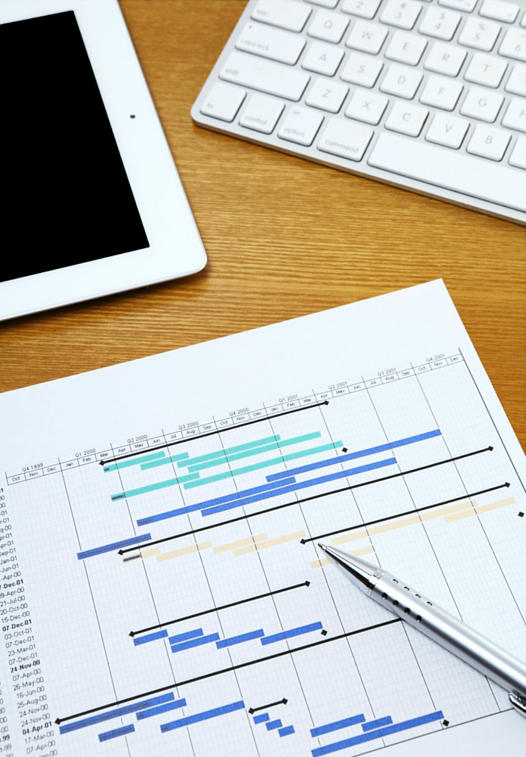 Trainers Mark Lee Hunter and Luuk Sengers offered ways to begin and carry out investigative reporting during two sessions at the Global Investigative Journalism Conference.
Trainers Mark Lee Hunter and Luuk Sengers offered ways to begin and carry out investigative reporting during two sessions at the Global Investigative Journalism Conference.
Their first session was Using Hypotheses: The Core of the Investigative Method and the second was Mastering Timelines: The Road to a Successful Project.
During their sessions they broke down investigations into a series of steps.
“We do not find a story, we start with a story that may or may not be true,” they said.
They suggested that forming a hypothesis can be accomplished by looking through a newspaper every morning.
Most of the time reporters start stories that they, in effect, never finish, Hunter and Sengers said. News articles have a habit of asking more questions than they answer, and following up uncovered details can lead to an investigative story.
Pay attention, they said, to what seems suspicious when you read the story and ask, “What is missing in this story, what is not being said?”
Reporters should base a hypothesis on the facts that they have, and then gather more facts. Once the reporter sees a pattern, he or she should talk to sources. Hunter and Sengers cautioned that it is essential not to rush to a conclusion. And a reporter should be willing to change the hypothesis as an investigation goes on.
They noted that social scientists ask many questions to find themes and construct theories, and advised journalists to do the same when creating their hypothesis.
Hunter and Sengers also emphasized constructing timelines during investigations
“Timelines are the investigators’ connection to the truth,” they said.
They suggested that reporters look at how one event leads to another: Instead of approaching sources with an open ended question such as “what happened,” a reporter should have a timeline that shows “this is what happened.”
In addition, they recommended starting investigations with official reports and carefully mapping out the human sources for the story.
Other suggestions included:
- Fact-check as you go and always keep a record of your verified sources, and back up the documents.
- If a document is particularly important, create copies.
- Keep all of your documents on a database. Don’t forget to give this document a relevant title.
- Exchange documents across folders. If one document seems relevant to another series of events, copy that document and paste it into another folder.
- Create a master file that will maintain all of the current sources of the story that you wish to publish.
Here is a free download to their methods.
